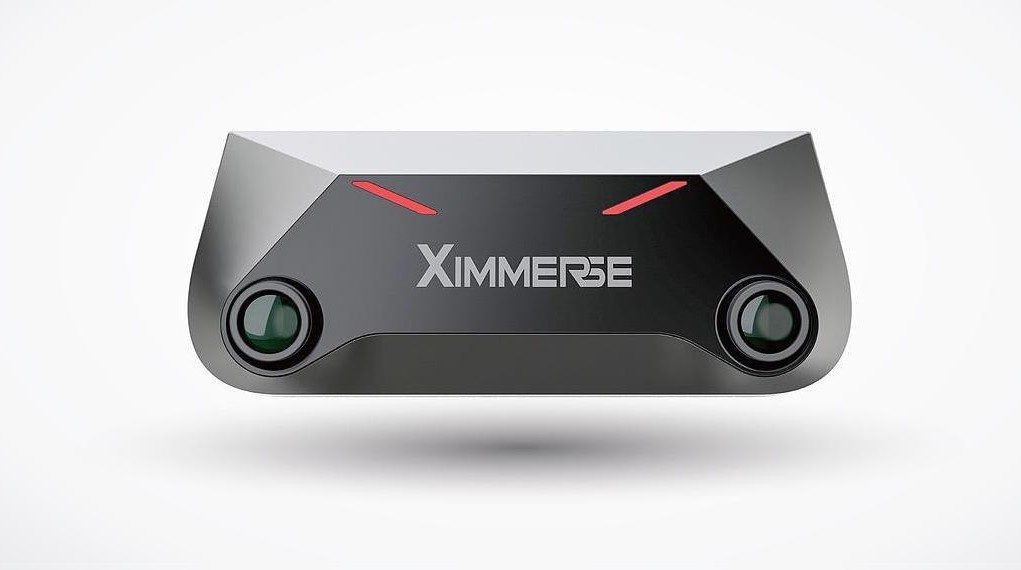Ximmerse, a tech company based in China, are working on a suite of optically tracked input systems based around a proprietary stereo camera. The system is claimed to work with both PC and mobile based virtual reality.
The three big players in the PC virtual reality market have now demonstrated their solutions for naturalistic, motion input for virtual reality applications. Valve has Lighthouse, Oculus has Touch and Sony have Move.
Mobile virtual reality however is however sorely lacking promising motion input technologies, with Gear VR’s peripherals limited to wireless gamepads currently.

Ximmerse is a Chinese company who claim to have developed a cross-platform optical tracking system based around a high FOV stereo camera. Ximmerse’s solution comprises a suite of controller peripherals, all with embedded IMUs and glowing orbs. The latter recalls Sony’s Playstation Move, which adopts a similar method to provide 6 DoF (degrees of freedom) via the PS Eye camera.

Ximmerse claim that, with their system, they’re able to track up to 240 individual orbs or ‘blobs’ as the team calls them with no interference, all tracked by a single stereo camera. An impressive claim.
The company have developed a suite of controllers based around the company’s stereo camera. The X-Cobra, a pair of handheld motion controllers, similar in design to the Playstation Move or the Razer Hydra systems, uses optical tracking ‘blobs’ for 6DoF positional tracking as well as IMU’s for rotational movement. The controllers are wireless and offer a neat way to bring your hands into VR – although it’s hard to judge just how effective they are from the video the team have released demonstrating the tech.
Additionally, Ximmerse have a wireless, body motion tracking IMU. Demonstrated in the above video, the team suggest it could be used as an alternative input device for mobile VR platforms, with the user moving their body to influence the experience.
The company also have a haptic glove, although details on the mechanics of it’s tracking solution is a little unclear. Ximmerse’s website seems to suggest the glove utilises IMUs from Perception Neuron yet also claim the glove is tracked via Ximmerse’s stereo camera system.

All of these devices it’s suggested can be used with mobile virtual reality platforms such as Gear VR, details on how this works however are thin on the ground right now.
Ximmerse will be making the trip to Los Angeles this week to exhibit at SIGGRAPH 2015 at the LA convention center. If you’re attending the show, you can find the company’s booth at PD11. The team will also be attending VRLA later in the month.







